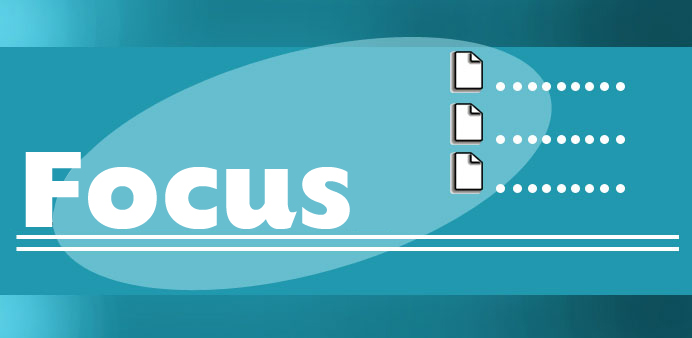By Una Galani, Reuters/Dubai
Qatar could benefit from copying a dual-track investment model used by other states with sovereign wealth funds.
The Qatar Investment Authority is under the supervision of a new Emir, and changes in the way the eight-year-old fund operates are expected after PriceWaterhouseCoopers and McKinsey were hired to review its internal operations.
Organising its estimated $100bn of assets around two distinct investment approaches could be the way forward.
The QIA has stakes in domestic entities but most of its assets are abroad and held through an array of subsidiaries that look like autonomous funds in their own right.
Take Qatar Holding. It plans a local listing of some of its assets through an entity called Doha Global Investment, a $12bn fund that will be jointly owned by ordinary Qatari citizens.
Sovereign cash is also channelled through non-QIA entities like Qatar Foundation Endowment, which recently purchased 5% of India’s Bharti Airtel.
Qatar has raised eyebrows given its fondness for trophy assets. True, it’s not alone in making controversial or risky investments. Abu Dhabi’s Mubadala and Singapore’s Temasek have also made concentrated bets on the likes of Eike Batista’s EBX Group and Chinese banks.
The difference is that Abu Dhabi and Singapore usually house their higher risk, strategic investments in separate vehicles.
That leaves their core units — the Abu Dhabi Investment Authority and the Government of Singapore Investment Corp — focused on lower-risk activities, much of which is conducted by outside money managers.
The arrival of the new Emir, HH Sheikh Tamim bin Hamad al-Thani, has already improved governance at the QIA, in particular separating the role of chief executive from the prime minister.
Qatar Holding’s recent hiring of Michael Cho, former co-head of Asia mergers and acquisitions at Bank of America Merrill Lynch, also suggests Doha isn’t about to take a breather from deal-making.
If further changes are in store, regrouping Qatar’s many existing vehicles along such a dual-track model might make sense. It would require time and a much bigger headcount. But it might help Doha deploy its surplus funds, as the global economy recovers and it becomes harder to find easy returns.

